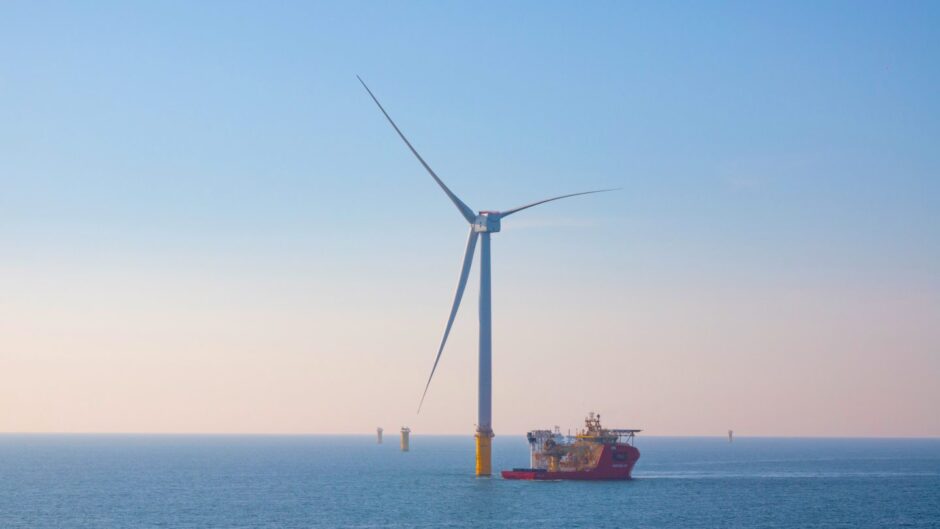
While it is far from being a nascent industry, offshore wind remains in its relative infancy compared to oil and gas (O&G), both in terms of development and decommissioning.
Over the last 30-40 years, O&G has constructed and installed countless offshore assets, many of which are now being removed, creating a bank of learnings that can be applied to adjacent sectors.
Decommissioning will soon become the focus for many of our existing offshore wind farms and the sector would do well to examine the challenges encountered by O&G to see what learnings can be applied.
O&G decommissioning challenges
Design plays a huge part in the ability to sustainably decommission.
When most of today’s O&G infrastructure was deployed in the North Sea more than 30 years ago, designing for removal was not a consideration.
Shell’s Brent Field gravity-based structures are a well-publicised example of this.
When it comes to applying the waste hierarchy to O&G decommissioning, most focus tends to be on recycling.
While preferable to disposal, this is not fully aligned to the principles of the circular economy, which would result in more reuse.
There are several challenges to reuse in O&G decommissioning though, from the age of assets to the loss of knowledge as they change hands.
Ultimately, decommissioning projects are waste management projects.
This is not uniformly recognised within O&G and contracts are often centred on the offshore engineering scopes, even though onshore dismantling can take up to two years.
Often the ‘D’ part of engineer, prepare, remove, dispose (EPRD) contracts are sub-contracted, meaning there is no direct relationship between the operator and the yard carrying out the work.
Applying the learnings
So, what should offshore wind do differently?
For starters, the sector can consider what sustainable decommissioning looks like in terms of waste management.
That means considering offshore wind developments in the context of the circular economy and doing so at the design stage.
Adopting this approach would enable the design of wind farms that focus on maximising reuse.
The priority should be on full asset reuse where feasible, followed by partial asset reuse, and then the reuse of component parts.
Once these options have been exhausted, the design should facilitate the repurposing of the asset and its components, with recycling considered as a last resort.
Plan for the end, from the beginning
Working backwards on wind farm design will minimise waste throughout the life of a development.
During construction, methodologies that allow for the removal of assets and component parts for reuse, for repair, for repurposing should be prioritised, while in the operation and maintenance phase, practices should be verified to ensure component parts are not by default being scrapped and replaced with new ones.
Just as importantly, records should be kept of maintenance and in a manner that ensures continuity and prevents knowledge loss.
At end of life, decommissioning should minimise waste and ensure assets and their component parts are reused wherever possible.
All the above needs to be supported and enforced by robust contracts that fully recognise the importance of waste management and the responsibilities for all those involved.
The practicalities
Developing an Overarching Waste Management Plan (OWMP) at the design stage would be a positive step towards putting this framework into practice.
It should be crafted alongside the design of the wind farm and include estimates of the types and quantities of wastes to be generated.
Such information can feed into what is required from the manufacturers to best position the development to be able to maximise reuse, repair, refurbishment, and recycling throughout its life.
The OWMP should also detail what is required from the principal contractors to minimise and manage wastes during construction, operation and maintenance, and eventual decommissioning.
In the UK Government’s Offshore Wind Leasing Round 5, which is focused on developing floating wind in the Celtic Sea off the coast of South Wales and South West England, bidders are being encouraged to be “ambitious” in respect of sustainable procurement, and an OWMP would be a good means of demonstrating this.
As the number of wind farms increase, so too will the availability of data. The importance of collating that information, using it and feeding it back into the design of future wind farms cannot be overstated.
It is only by doing so that future estimates of the types and quantities of wastes and how they will be managed can become more informed and more refined as we all move forwards.
It is by learning from past projects that we can make real improvements to future ones.
Catherine Leaf is a Chartered Waste Manager and is Safetec UK’s Waste Management Specialist.
Recommended for you

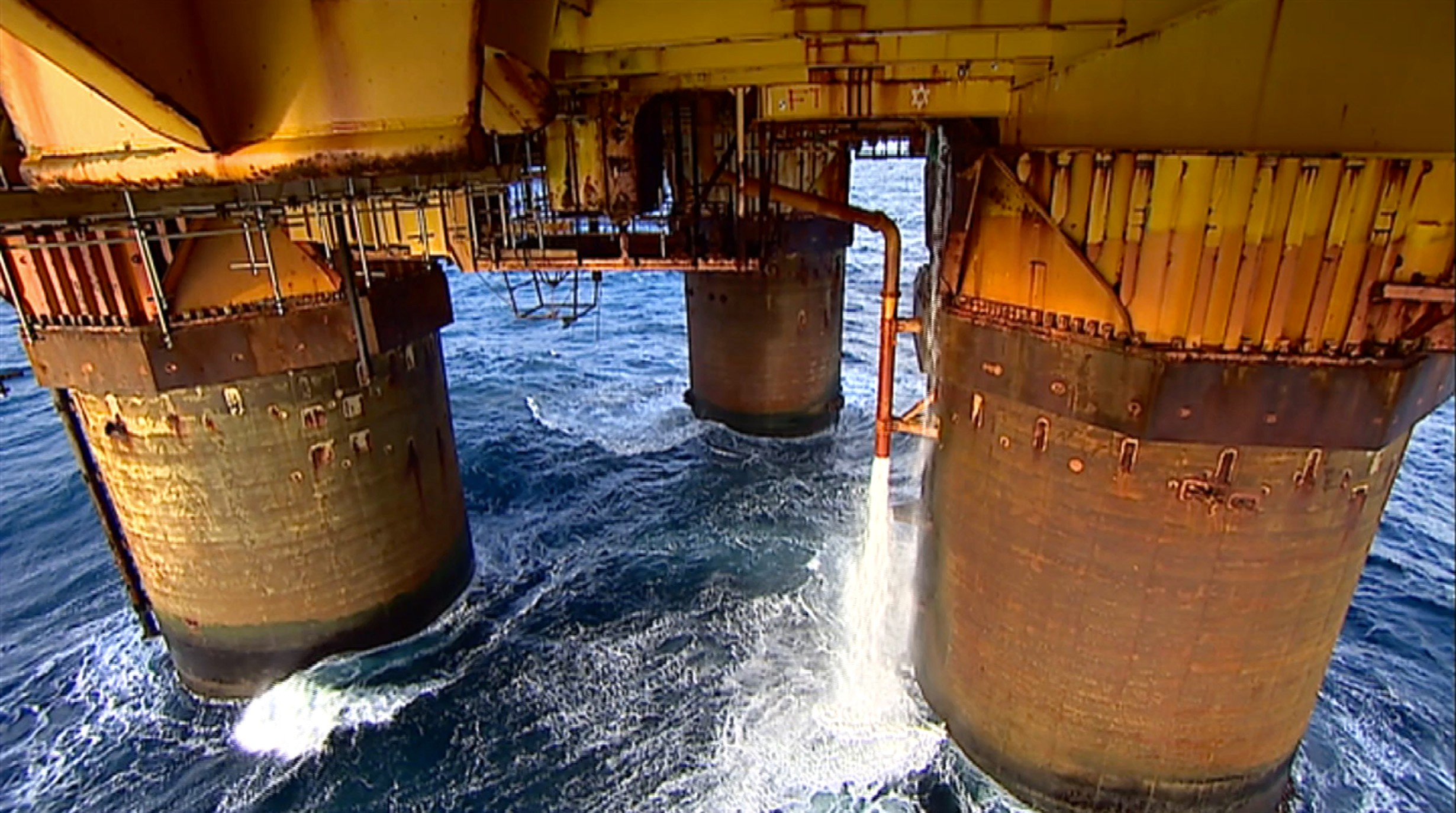
 © Supplied by BIG Partnership
© Supplied by BIG Partnership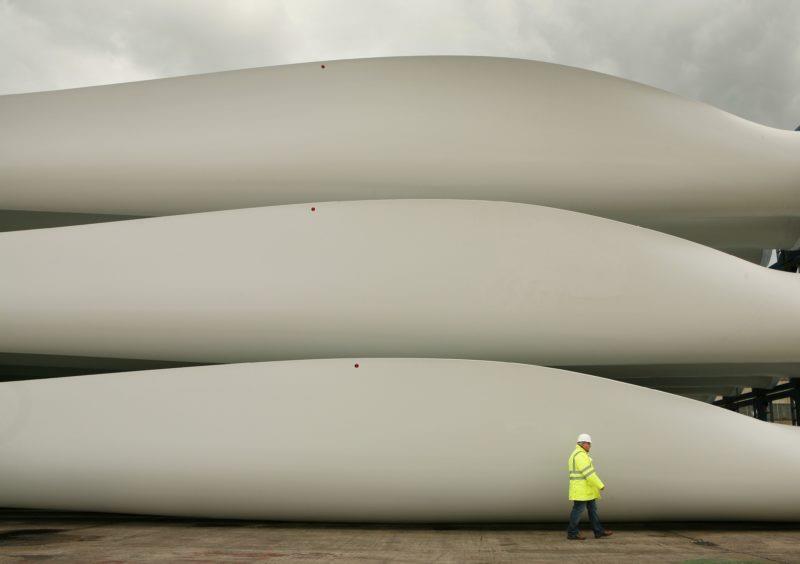 © Image: Peter Macdiarmid/Getty Images
© Image: Peter Macdiarmid/Getty Images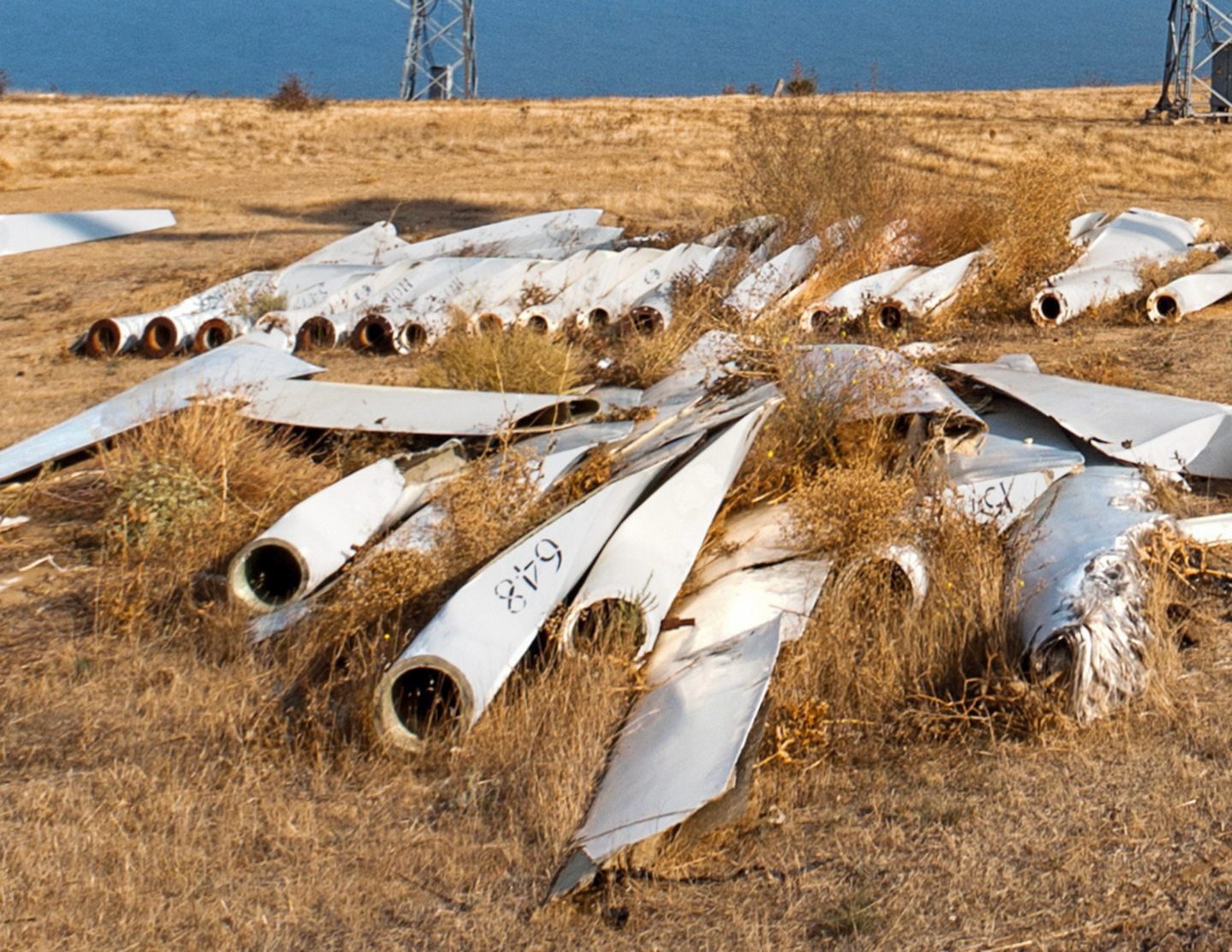 © Supplied by Continuum
© Supplied by Continuum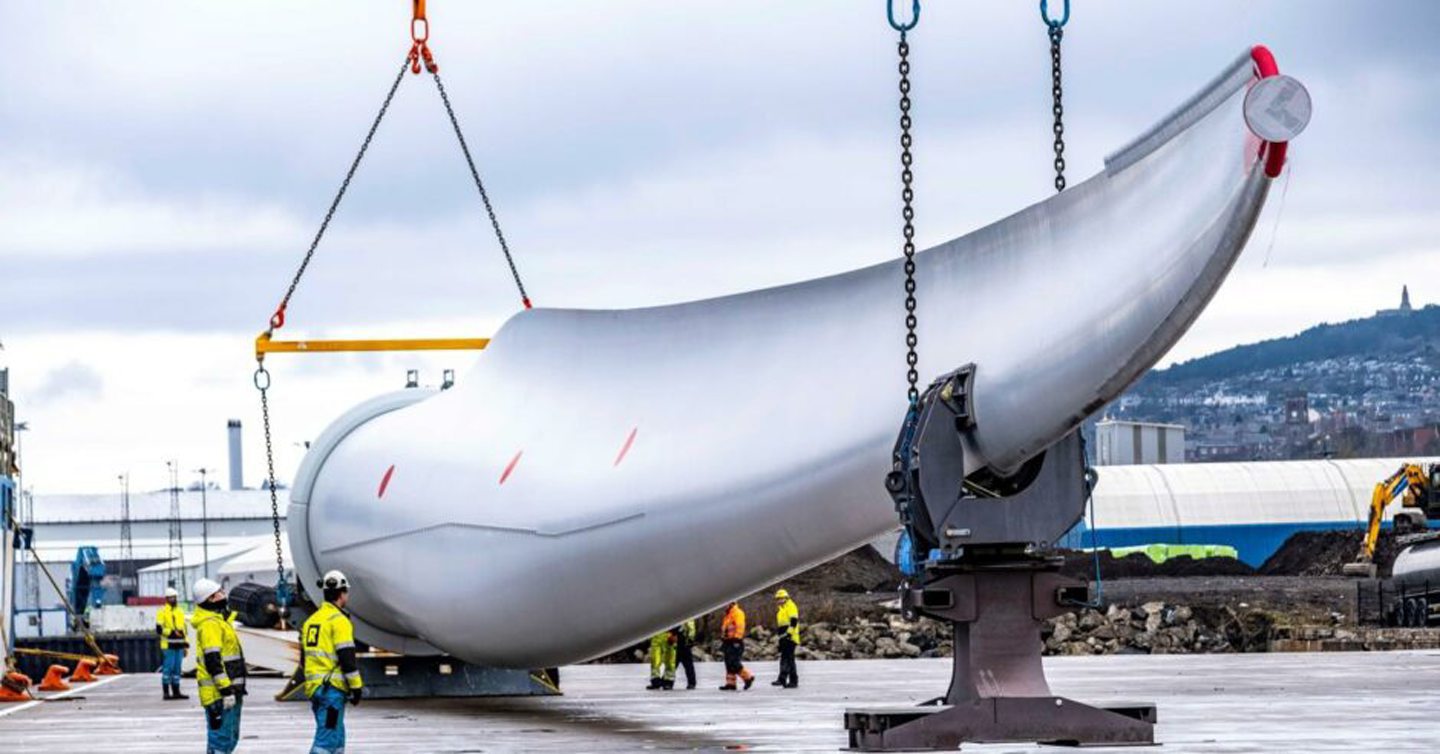 © Supplied by Forth Ports
© Supplied by Forth Ports